Unless you’ve been living under a rock for the past decade you will have noticed a sharp rise in the number of utes on Australian roads. And this isn’t because we’ve had a tradie boom.
There are multiple reasons why utes are more popular these days, but the bottom line is they are being used more and more as family transport.
One of the big reasons they are a family car option is they have become much more polished. Nothing represents that better than the Nissan Navara Pro-4X, which is more about weekend adventures than weekday work, so has obvious family appeal to those with an active lifestyle.
As a father of two, with a son who plays baseball and enjoys riding bikes and scooters, the practical benefits of a ute like the Navara Pro-4X aren’t lost on me. Here’s how it stacked up after a week of family duties.
.jpg)
Nissan Navara 2022: PRO-4X (4X4)
| Engine Type | Diesel Twin Turbo 4, 2.3L |
|---|---|
| Fuel Type | Diesel |
| Fuel Efficiency | 7.5L/100km (combined) |
| Seating | 5 |
| Price From | $48,180 - $55,330 |
| Safety Rating |
|
What does it look like?
Nissan likes to use words like “bold” and “tough” to describe the Pro-4X, which sits at the top of the conventional Navara range, with only the locally-developed Warrior (which is based on the Pro-4X) above it.
To help it stand out as a hero model it features a number of unique styling elements including swapping all the chrome exterior trim (including the door handles, window surround and mirrors) for black - which Nissan obviously believes is tougher. There’s also black painted wheel arches, side steps and roof rails.
.jpg)
Other unique exterior design elements for the Pro-4X are a black stainless-steel sports bar fitted in the tray and 17-inch black-painted alloy wheels. There are also red highlights across the exterior, including the badging.
.jpg)
This is all in addition to the still-relatively-new updated Navara. This brought with it styling changes like a new grille, redesigned headlights and a new deeper tub in the back.
.jpg)
Inside, the interior doesn’t get quite the same level of upgrade, so it’s started to feel a little dated as the D23 / NP300 Navara first launched back in 2014.
On the plus side, the 2022 model updates include a new steering wheel, which looks like what you’ll find in the brand’s SUVs, as well as a new instrument panel with an updated small central screen.
.jpg)
However, the centre section on the dashboard remains the same, with only a 8.0-inch infotainment screen which is going to look very old-fashioned in a few months when the new Ford Ranger arrives with its 10.0- and 12.0-inch tablet-style touchscreens.
How does it drive?
While it has many unique elements, the Pro-4X is powered by the same engine that motivates the majority of the Navara line-up - a 2.3-litre four-cylinder twin-turbo diesel (the sole exception is the 4x2 SL that has a single-turbo version of the engine).
.jpg)
This makes 140kW/450Nm, which is adequate without being a class-leader in terms of performance. Paired with either a six-speed manual or seven-speed automatic transmission (we tested the latter), the Navara feels solid but unspectacular on the road.
There’s some initial turbo lag off the mark, but once it gets into its sweet spot - between 1500-3750rpm - it pulls strongly enough to feel sprightly for a dual-cab ute. However, compared to the likes of the V6 turbo diesel Volkswagen Amarok, the Navara does feel a little flat under hard acceleration.
That’s something to bear in mind for families, because loaded up with four or five passengers and a full load of weekend luggage in the tray, the Navara will labour at times. Still, Nissan claims it has a maximum braked towing capacity of up to 3500kg so it can take plenty of equipment or haul a caravan if needed.
As for the daily driving experience, it’s worth remembering that for all the advancements in the modern dual-cab ute market the Navara and its rivals are fundamentally designed to be workhorses, not family chariots.
.jpg)
That means every element is not quite as refined as you’ll find in an equivalent sized or priced SUV. For example, the steering is heavier and not as accurate, so you may find yourself working harder in car parks.
The ride is the other very noticeable difference, because the suspension is set up to accommodate for a load in the tray. That means it tends to feel too stiff and gets bouncy on uneven surfaces.
Having said all that, for a ute, the Navara does a good job and once you adapt to its unique traits it becomes easier to live with.
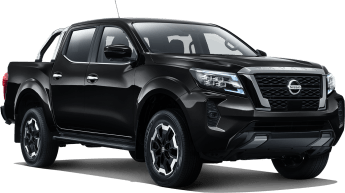
How spacious is it?
One of the reasons families have moved to dual-cab utes is because of the improvements to presentation and space inside. The Navara Pro-4X is a particularly good example of this, with its uniquely-designed, leather-accented seats and leather-wrapped steering wheel - both with contrasting red stitching - that bring a feeling of quality.
In terms of space, dual-cab utes are typically designed to take at least four adults in relative comfort because the target market are tradies that often carry colleagues or apprentices in the back.
.jpg)
That means the room up front is good for adults and you’ll get two adults or teenagers in the back with little trouble. You’ll also be able to squeeze in three teens or younger children (not in car seats) in the second row too. The second-row middle seat is definitely only for smaller children as its quite narrow and particularly flat.
The issue with Navara is that because it’s a ute and there’s a tray behind the cabin, the rear seats are quite upright and you can’t recline them either. That means those spots aren’t the most comfortable for longer journeys because of the upright posture they enforce. Compounding that is the back support is quite thin, so while there’s space it lacks in comfort.
.jpg)
For families who need car seats, there are ISOFIX points on both outboard rear seats but because the seat backs don’t move there are fabric top teethers (instead of the metal bars that are more common). Obviously it has passed all safety requirements but it’s still something parents planning on using a Navara for carrying small kids should note.
The benefit of having the tray behind the cabin is a luggage area way above what you can expect to find in an SUV. Nissan claims the tray can can take up to 1013kg (with the manual, but 1004kg with the auto) and measures 1469mm long and 1560mm wide, with 1134mm of space between the rear wheel arches.
.jpg)
This makes the PRO-4X ideal for families who live an active lifestyle and need to carry large items like bikes or other sporting equipment. Disappointingly though, despite sitting at the top of the Navara line-up, the Pro-4X doesn’t come with a tonneau cover, which means anything you put in the boot is exposed to the elements and any passer-by.
During my time with it I loved the ease of loading in all my son’s baseball team equipment - several large kit bags - which often fill an entire boot in a mid-size SUV. However, we also got caught in a rain shower, so all the gear got wet, which highlights the pros and cons of a ute clearly.
A hard tonneau cover would be a must-add item for any family because it adds a level of safety and security that would allow you to leave your shopping, sports gear or stroller in the car without concern. According to the Nissan Australia site, there is an optional accessory hard tonneau cover or soft tonneau cover available.
How easy is it to use every day?
The Pro-4X comes with keyless entry, with buttons on the front doors to let you in, which is a handy feature for parents as we often have our hands full.
This works on the tray’s tailgate too, although it’s worth noting that it’s quite a heavy gate and tends to fall with a thud if you’re not careful; something to be mindful of with children around. Some other utes have soft-drop tailgates.
.jpg)
Once inside the cabin layout is starting to date and the Navara lacks the same level of practicality as some of its rivals - notably the Ford Ranger and Volkswagen Amarok.
For example, there’s a tray at the bottom of the centre dash so you can stash small items there, but many of Nissan’s rivals also offer a tray on the top of the dashboard. This can be a particularly handy extra space for parents to store your odds and ends that you need in easy reach, so it’s absence is a glaring omission.
In between the front seats there are two cup-holders and a large lidded centre console box (which has both a USB-A and USB-C outlets), earning Nissan some practicality points back. As do the deep door pockets that will take a large drink bottle.
Since becoming old enough to sit in the front seat my daughter has made a habit of assessing the space and practicality of the glovebox; an often overlooked part of a cabin. Her trademark review declared it was too small, with not much space unless you take out Nissan’s weighty manual. Nissan is hardly alone in this department and it does mean what was once a useful storage area is now primarily only capable of storing paperwork and maybe some napkins for emergency spills.
In the back the rear seat bases can fold up if you need to carry something large inside the cabin, but there’s no useful under seat storage which feels like a missed opportunity to please families and tradies alike.
.jpg)
There are rear air-conditioning vents, which is a must for any parent who cares about their children’s comfort - particularly in Australia’s hot summers - and there's an electric rear window slider above the middle back seat, too. The rear also includes a USB port to keep electronic devices charged up on long trips. The fold down centre armrest includes two cup-holders as well.
How safe is it?
As the 2022 Navara is an update of the model first launched here in 2015 its original ANCAP score for that model still applies, that means it’s still rated a maximum five-stars. It’s worth nothing, however, that ANCAP has updated its requirements for a five-star rating multiple times since then, so there is no guarantee if the Navara was tested today it would achieve the same score.
.jpg)
Standard safety equipment for the Pro-4X includes autonomous emergency braking (AEB), lane departure warning and assistance, blind spot alert and intervention as well as rear cross-traffic alert.
There’s also a reversing camera, which is important as rear visibility behind the tray is limited.
In terms of passive safety, the Navara is equipped with seven airbags. Importantly this includes curtain airbags to protect the rear outer occupants (unlike the Amarok), as well as front, side and driver’s knee airbags.
What’s the tech like?
Frankly, it’s a little outdated with no major changes since 2015. That means the infotainment system runs through the relatively small 8.0-inch screen in the centre of the dashboard supported by a six-speaker audio set-up. The screen was updated to include Apple CarPlay and Android Auto smartphone mirroring in one of the many previous Navara Series upgrades.
.jpg)
It includes satellite navigation, Bluetooth calls and streaming as well as AM/FM and DAB+ digital radio. The navigation graphics are rudimentary though and the entire experience feels a generation behind what you’ll find in many would-be SUV rivals.
The plus side of this somewhat ‘old-fashioned’ system is that all the controls are very user-friendly, because there are large buttons and dials surrounding the screen. And the climate controls are just below too, also with an intuitive layout.
How much does it cost to own?
The Navara Pro-4X is priced from $61,290 drive-away for the manual with the automatic an additional $1500 ($62,790 drive-away). There are MSRP / before on-roads costs available, but these were the drive-away deals at the time of publishing.
Nissan Australia covers the Navara with a five-year/unlimited kilometre warranty, which is in-line with the majority of its dual-cab ute rivals; with the obvious expectation of the Mitsubishi Triton and its conditional 10-year/200,000km warranty.
.jpg)
It’s covered by Nissan’s five-year capped price servicing program, or you can opt for a pre-paid package - with options for three, four or five years of coverage. However you pay, the prices remain the same, with five years of maintenance costing you $2883 (manual) or $2847 (auto).
In terms of fuel use, we spent a week in the Navara Pro-4X and saw a return of 8.6 litres per 100km, which compares well to the official combined cycle claim of 8.1L/100km for the automatic. However, our testing included significant open road kays, so expect to see higher returns likely low to mid-teens, if you predominantly drive in the city and suburbs.
.jpg)
Verdict
There’s a lot to like about the Nissan Navara PRO-4X. It looks great, with a really well integrated design upgrade over the rest of the Navara range. Plus it’s both practical and capable for those who enjoy an active lifestyle.
However, its appeal as family transport is diminished somewhat because there are so many compromises in creating that previously mentioned capability at the expense of family-friendliness.
The rear seats are adequate, but nothing more. Despite good space they lack comfort and support which even kids will grow weary of eventually. And for all the benefits having a tray provides there’s an equal negative, at least without adding a hard tonneau cover.
However, having said all that, if you do have older kids and a more active lifestyle that requires taking large items on a regular basis, then the Navara Pro-4X is worth considering. Like any dual-cab ute, choosing the Navara as a family car over an similar-sized SUV will come down to your individual family needs.
Pricing Guides






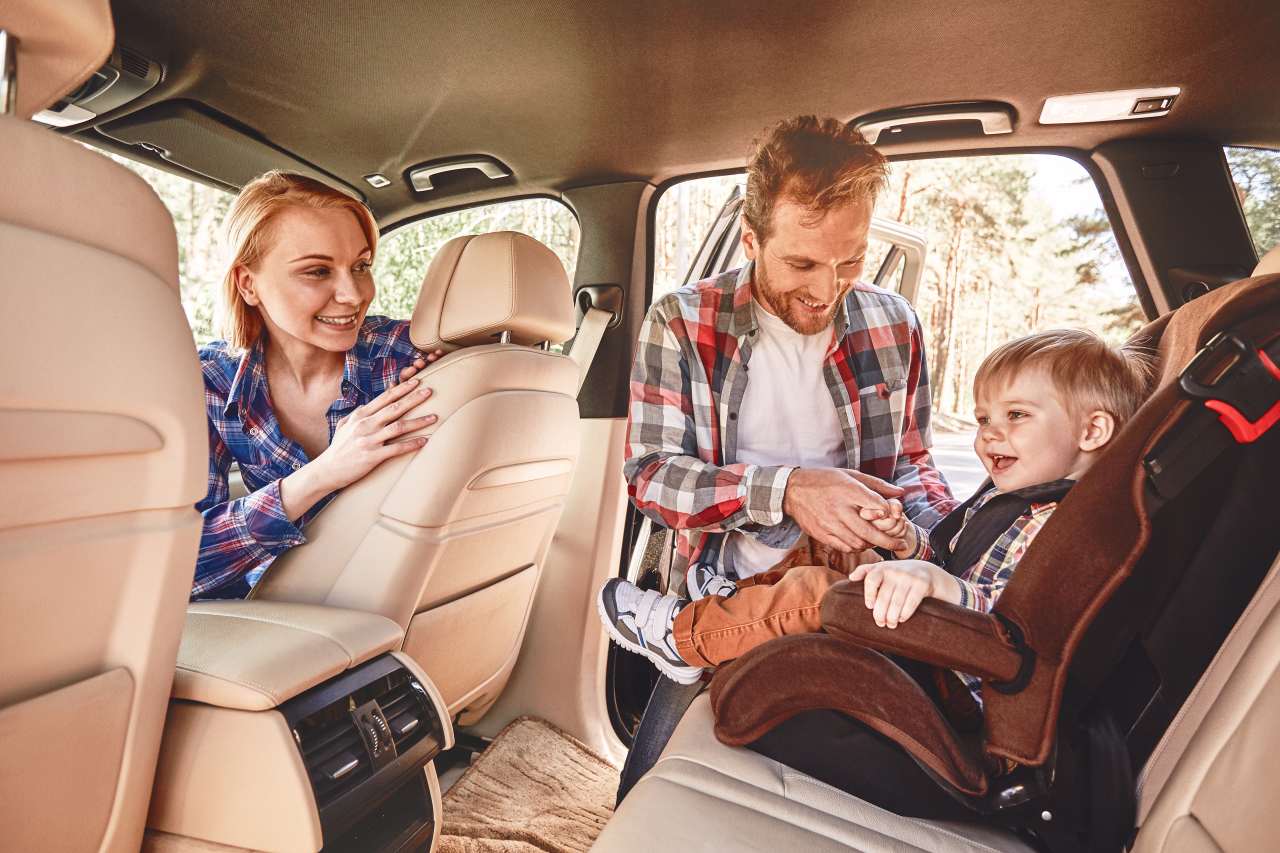
.jpg)

.jpg)




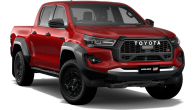


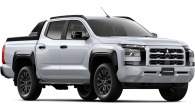


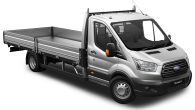
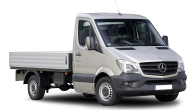
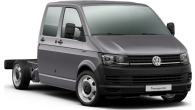
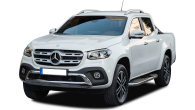



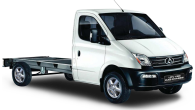


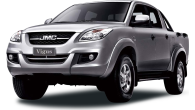
.jpg)


.jpg)

.jpg)
